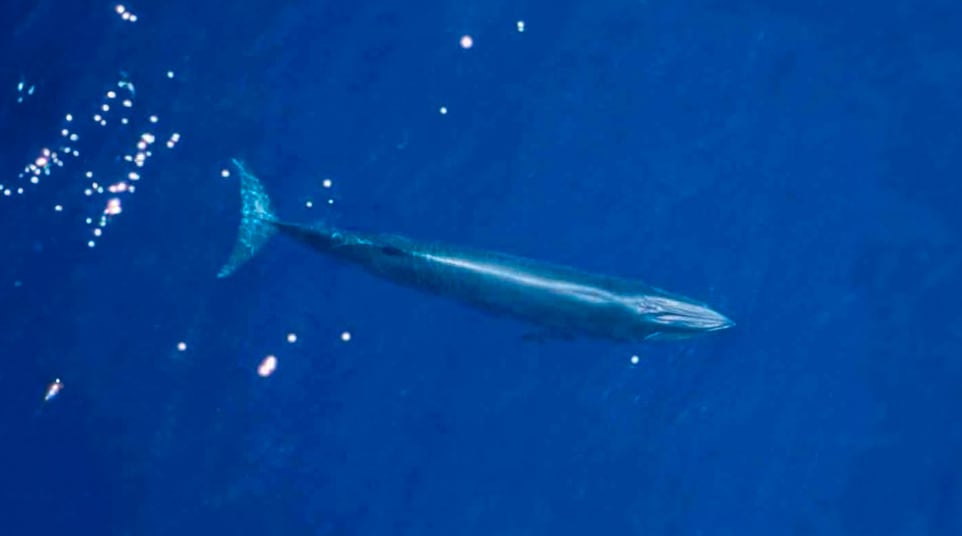- Home >
- Travel Guide >
- Galapagos Islands >
- Animals & Wildlife >
- Galapagos Brydes Whale
Galapagos Brydes Whale Facts
Name: Galapagos Bryde’s Whale
Family: Baleanopteridae
Scientific Name: Balaenoptera musculus
Length: 48 ft (14.6 m)
Weight: 22 tons (20,000 kg)
Adult Length: 11-15 m (36 - 49 ft)
Blow: Tall, thin and vertical
Breaching: Usually leaves water at a steep angle
Deep dive: Unlike Sei Whale, often arches tail stock before dive; does not raise tail flukes
Group size: 1-2, sometimes more when feeding
Category: Rorqual Whales
All 6 of the world's species or Rorqual whales have been recorded in Galapagos. The rorqual whales are large to very large, and include the biggest animals on earth. They differ from all other cetaceans in the region because they do not possess teeth. Instead, their upper jaws are lined with bony 'comb-like' plates called baleen which filter out small fish or zooplankton as the whale engulfs enormous quantities of seawater whilst swimming aIong. Rorquals have a double blowhole (single in toothed cetaceans), placed centrally on top of the head, a pleated throat capable of great expansion whilst feeding, a 'U'- to 'V'-shaped flattened head and a streamlined body for fast swimming.
Frequent inshore and offshore.
Identification:
Easily confused with the Sei Whale due to its similar size, shape, and sickle-shaped dorsal fin. However, it possesses three lateral raised ridges on top of its head, a feature which distinguishes it from all other rorquals which only have a single ridge. The surfacing sequence is also unique, with the blowhole disappearing from view just before the fin appears. This feature alone should not be used for identification.

